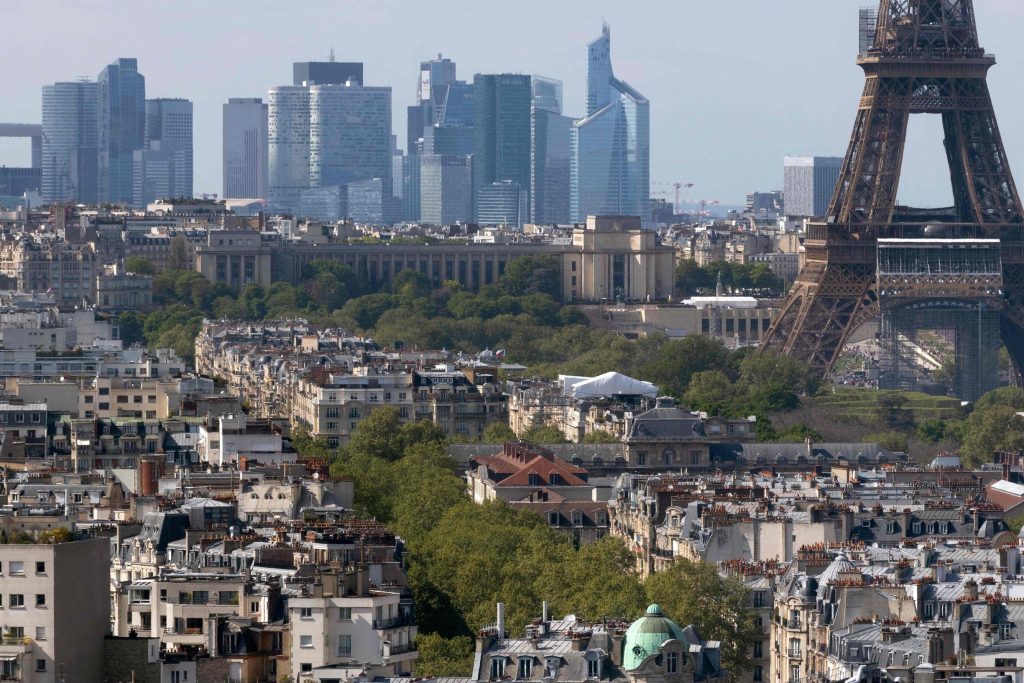While inflation in the Eurozone continued to rise, growth stalled in some countries. This makes the stagflation scenario closer.
The French economy did not grow in the first quarter, but rather the Italian economy contracted. Across the entire eurozone, production was 0.2 percent higher in the first quarter than in the previous quarter, and 5 percent more than a year earlier. Quarterly growth continued in a few countries, including Portugal and Austria. In Belgium, the rate was 0.3 percent.
At the same time, inflation continued to rise. In the eurozone, the cost of living in April rose 7.5 percent compared to the previous year, a new record. In Belgium, according to the harmonized European figure, the proportion was 9.3 percent. Estonia topped the list with 19 percent. Inflation in the Baltic states is still much higher than in the rest of the Eurozone.
Figures in the Eurozone still compare relatively favorably to those in the US, with inflation at 8.5 percent and growth was negative in the first quarter. The US central bank is expected to raise interest rates again next week. A rate hike from the Bank of England is also expected next week. The European Central Bank could do so in July at the earliest, but much will depend on developments in the coming months.

“Total coffee specialist. Hardcore reader. Incurable music scholar. Web guru. Freelance troublemaker. Problem solver. Travel trailblazer.”







More Stories
Bitcoin price rises after new jobs data from US
European stock markets open higher | beursduivel.be
Russia’s oil imports to China decline